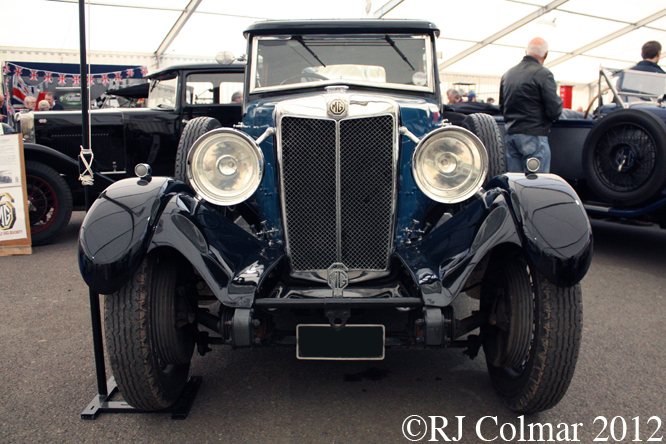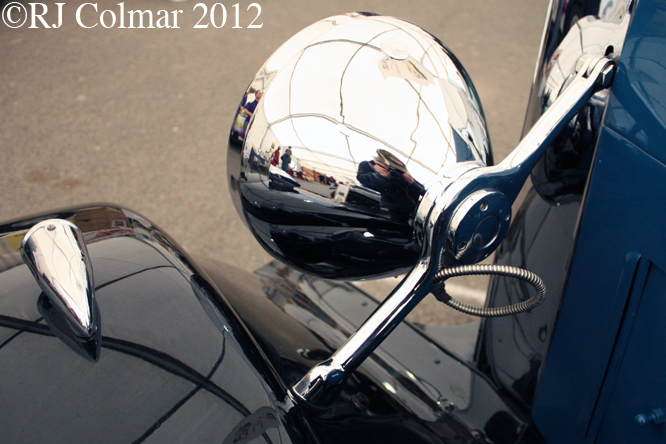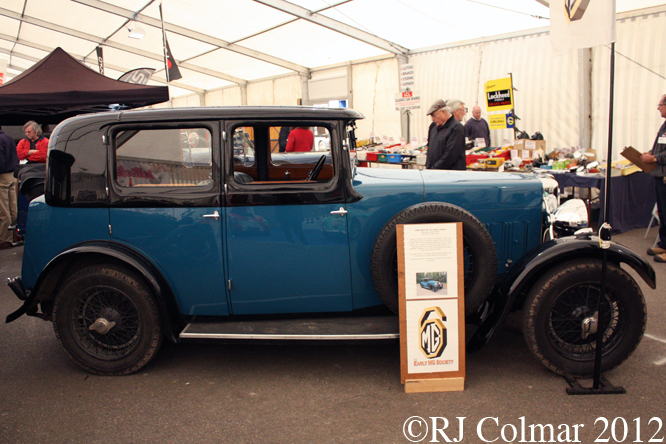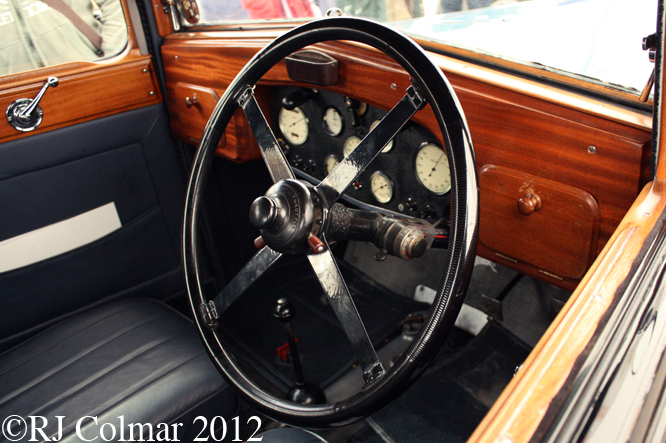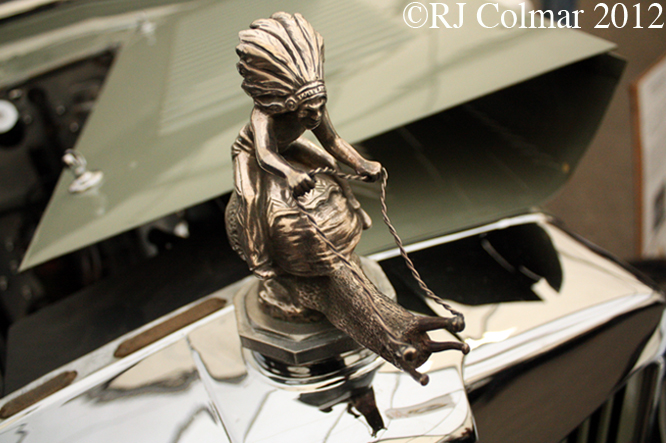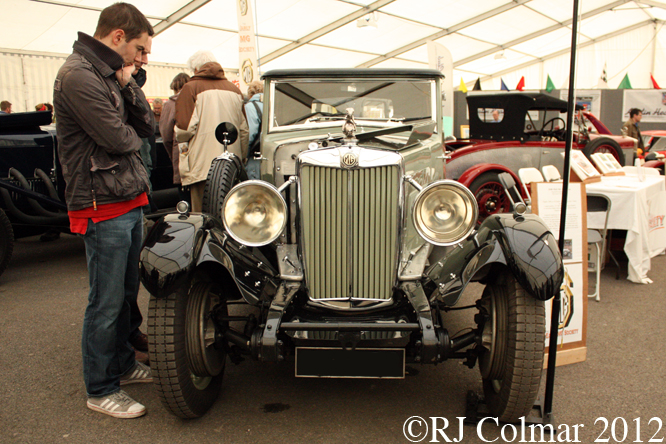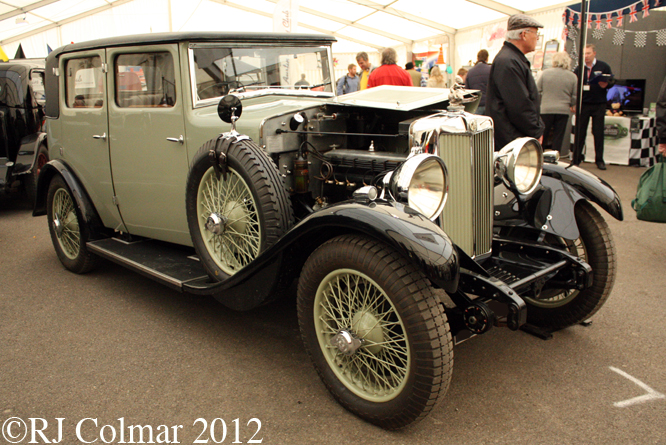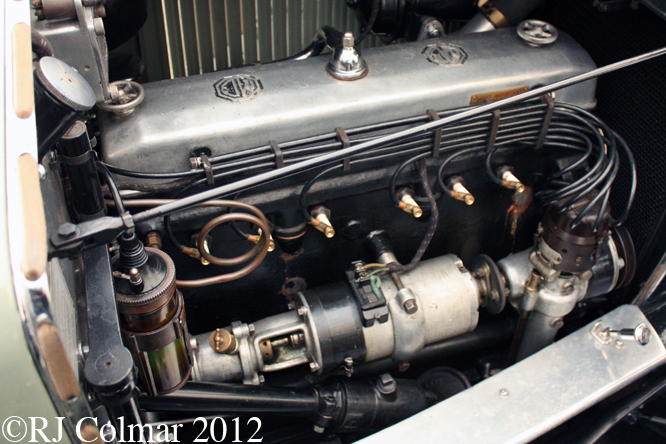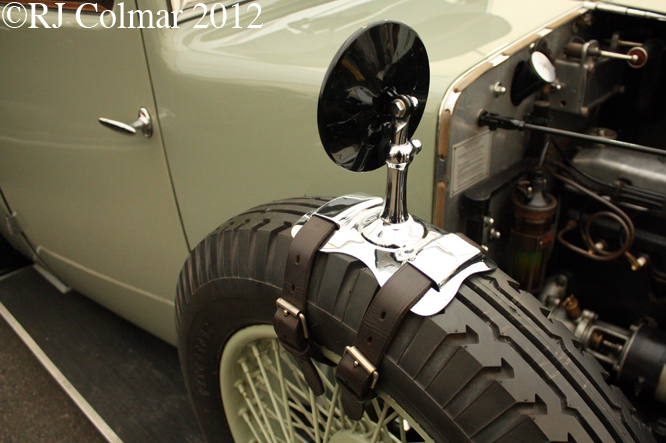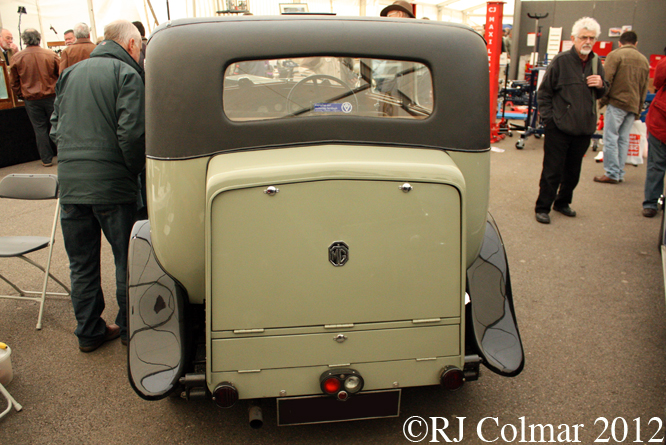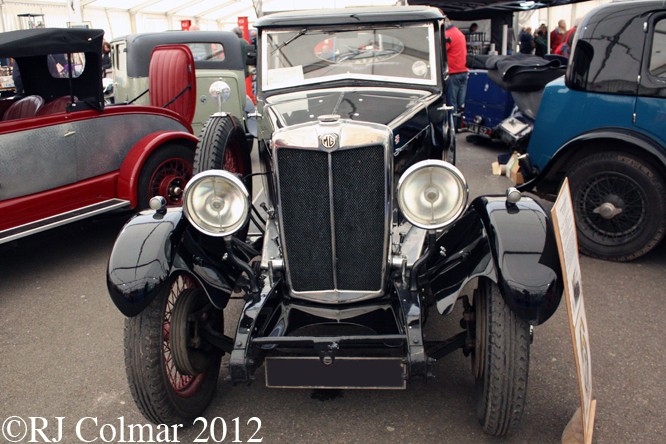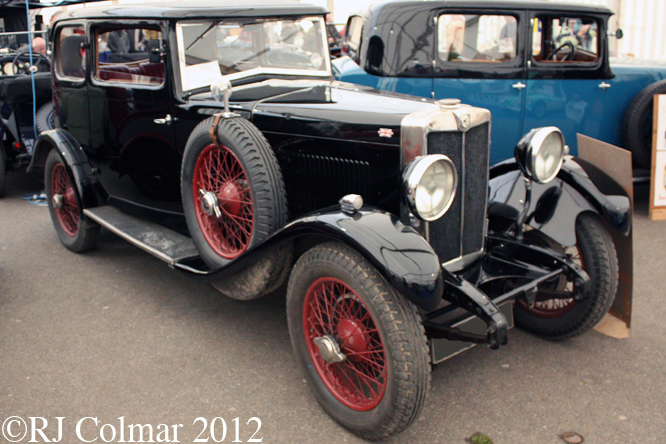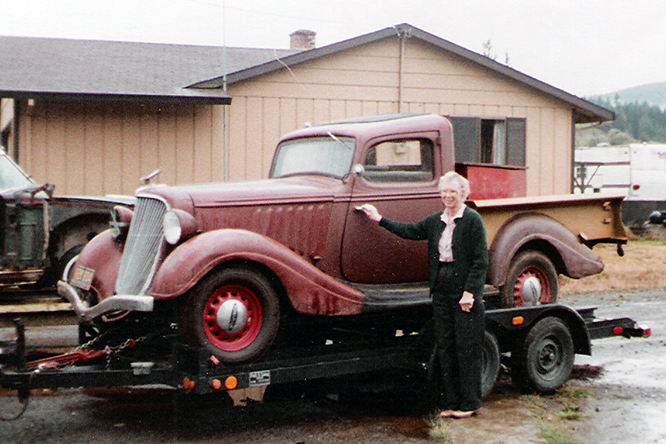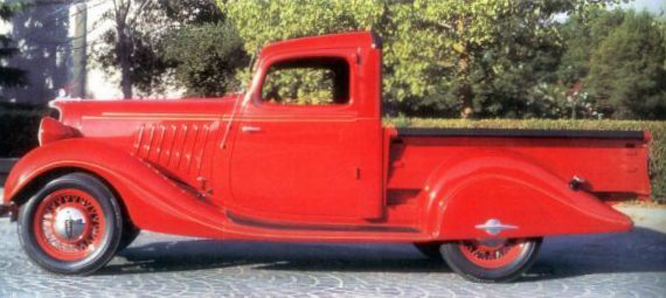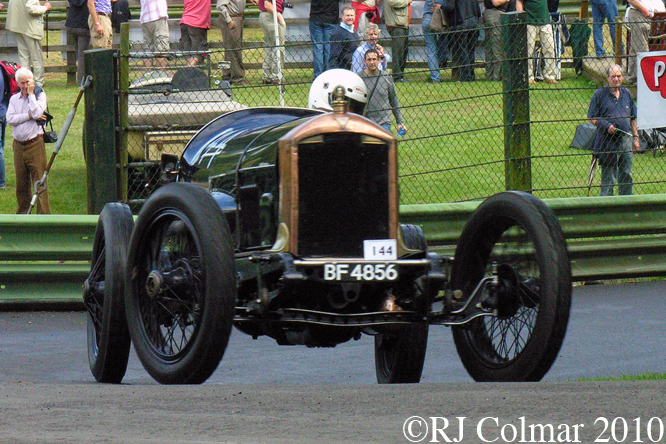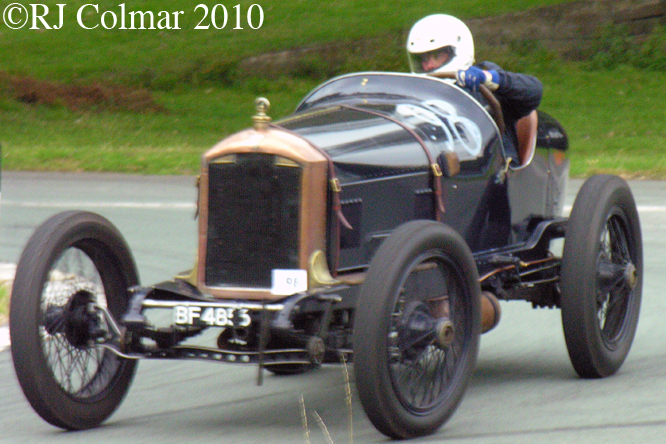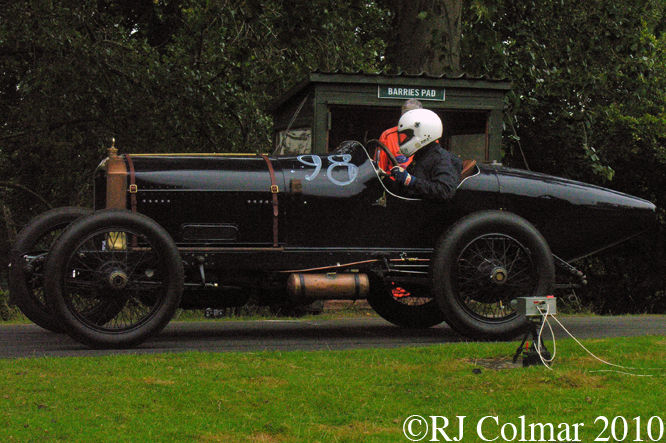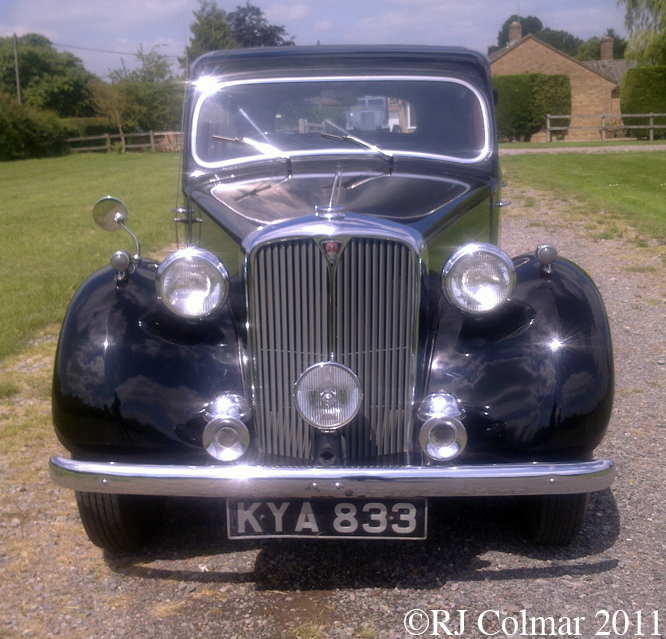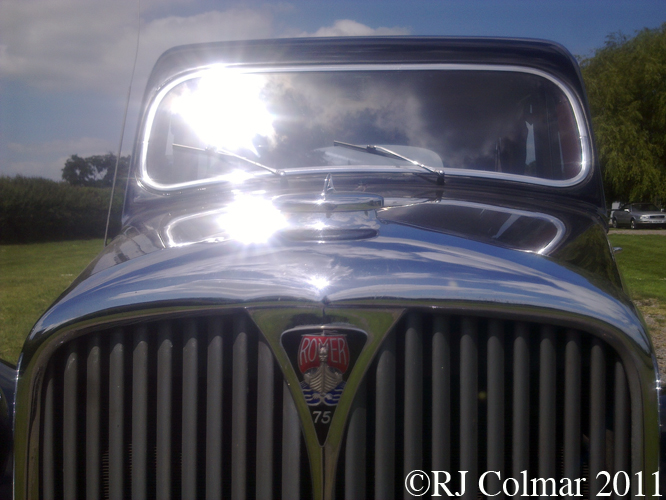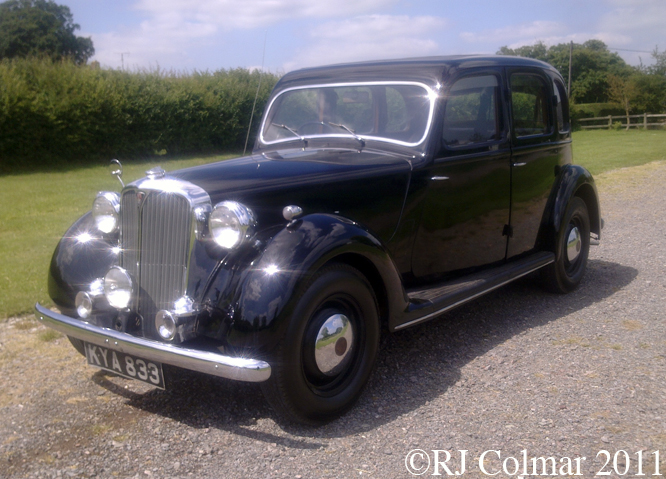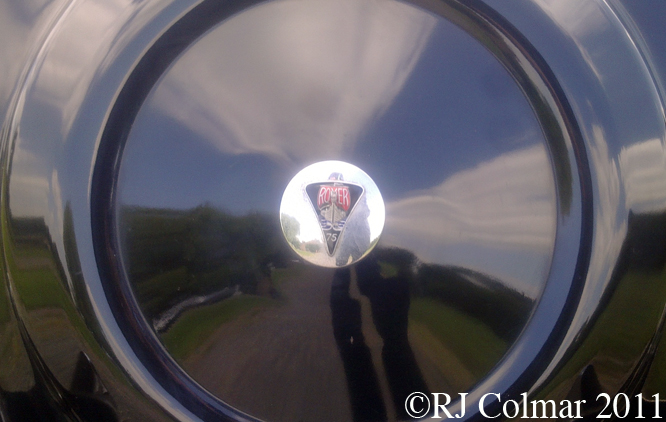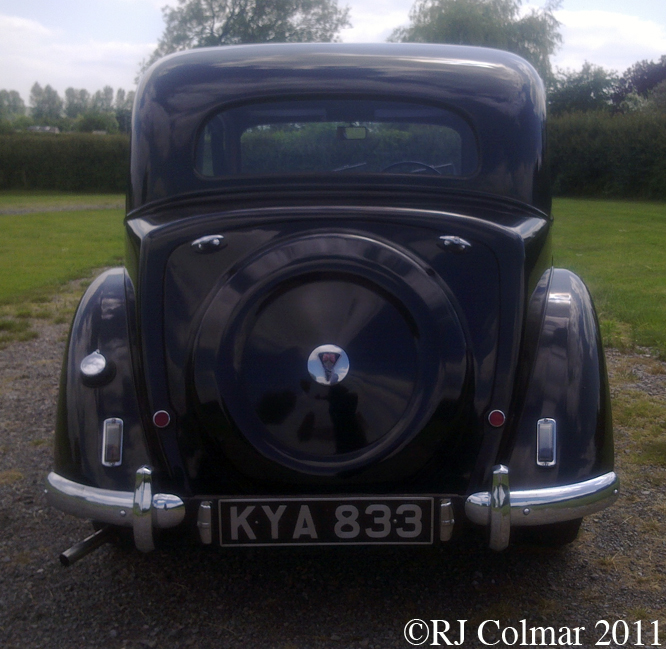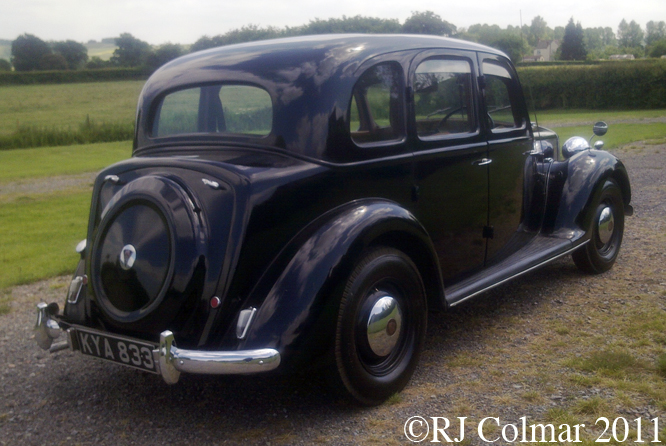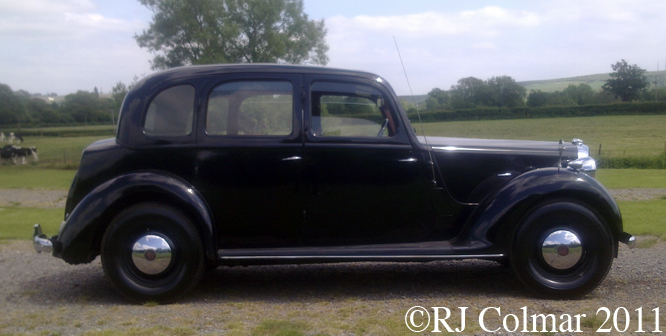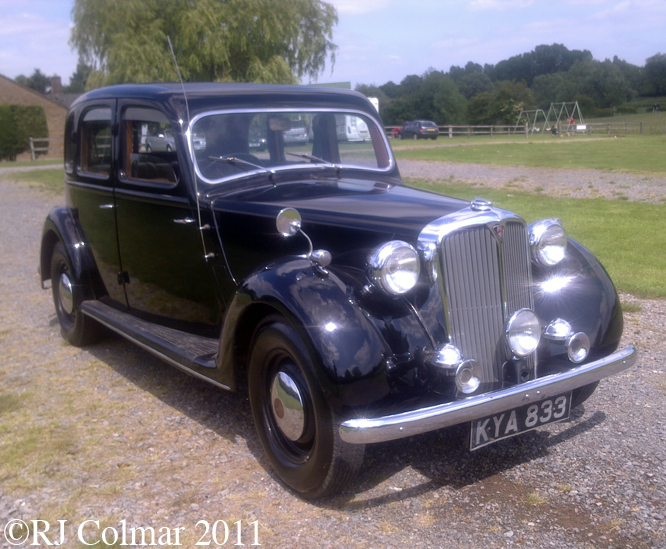Back on Independence Day during the Rally organised by the Bristol Pegasus Motor Club I came across this delightful 1935 Hudson, unfortunately I did not get any details about the car from the owner at the time so I have had another carcaeology session to discover more.
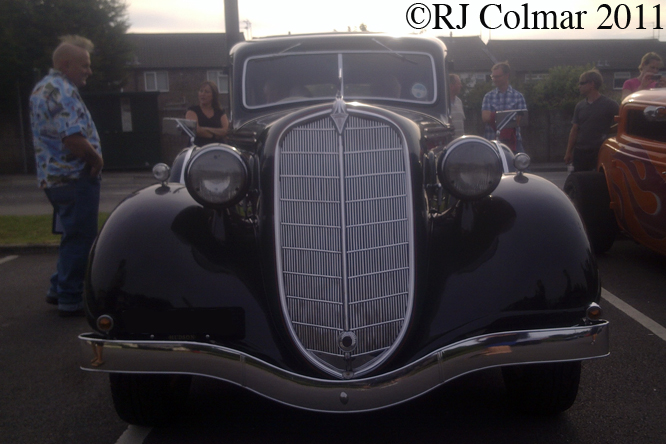
This Hudson chassis #533370, with blue body work probably marketed as Surban Sedan model, was one of just four vehicles first registered in Dundee, where the strap line reads City of Discovery, on the 7th of May 1935.
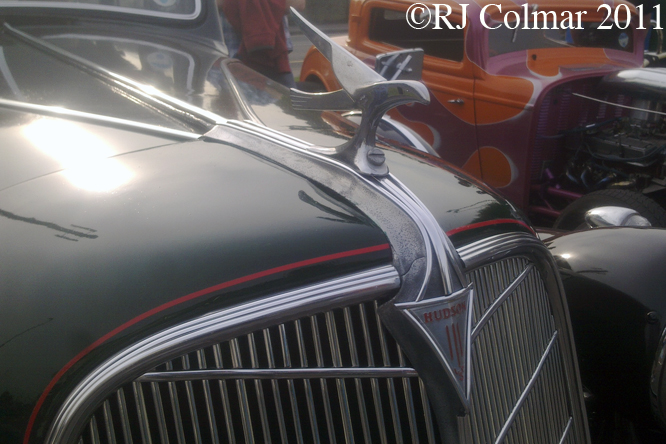
The Hudson was registered to a Mr R D Low of Westleigh, Number 9 Nevill Street, Downfield, Dundee alongside a Morris Saloon, BSA Motorcycle and a 3 ton Commer Coal merchants truck.

Robert Duncan Low is known to have been a journalist to the Dundee City Archive, but as we know journalism can cover a multitude of sins and it would appear that Robert was no gum shoe rather he was employed by DC Thompson & Co in Dundee where he was responsible for launching a number of publications aimed at children including Adventure (1921) The Rover (1922) The Wizzard (1923) The Skipper (1930) and The Hotspur (1933).
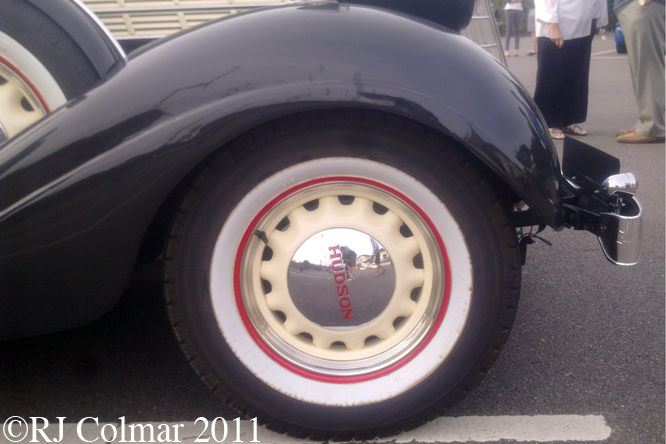
In 1937 Robert became managing editor at DC Thompson and over saw the launch of The Dandy and the following year the Beano for which with artist Ken Reid he created Roger the Dodger in 1953, when he also oversaw the launch of The Topper. Earlier in his career Robert is also credited with co creating the Scottish vernacular comic strips Oor Wullie and The Broons with illustrator Dudley Dexter Watkins.
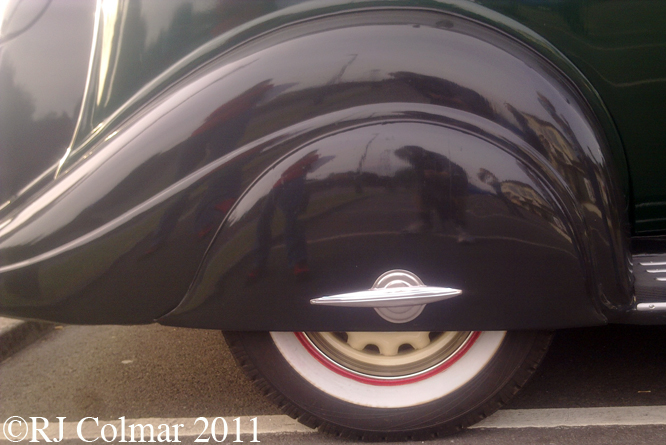
It is not at present known how long Robert Low kept this Hudson he died in 1980 aged 85. This car is reported to have been ‘knocking around the North West of England in the 1990’s’ before it was offered at auction in 2005 when the body was painted maroon and sold for £1,500. The history of the cars original ownership outlined above appears to have been unknown to the auctioneers at the time when the car was noted to have had 4 previous owners with 92,275 miles shown on the clock and the model name was given as Big Six Saloon, the chassis number indicated the car would have been known as a 53 model at the Hudson factory from whence it was probably sent as a knockdown kit for assembly in Brentford west of London.

According to the best source I have available 29,476 cars were shipped and it is thought that number included the knockdown kits.
My thanks to John MacDonald form ‘oldcarandtruckpictures.com‘, Jon B, Terraplane 33, Geoff C NZ, Alex ‘Hudsontech’ Burr, Old Fogey UK and Paul Butler over at Hudson Forum who helped me identify this car and finally to Richard Cullen at the Dundee City Archive who provided the final clue as to the original owners identity.
Thanks for joining me on this comic edition of “Gettin’ a li’l psycho on tyres” I hope you will join me again tomorrow. Don’t forget to come back now !

